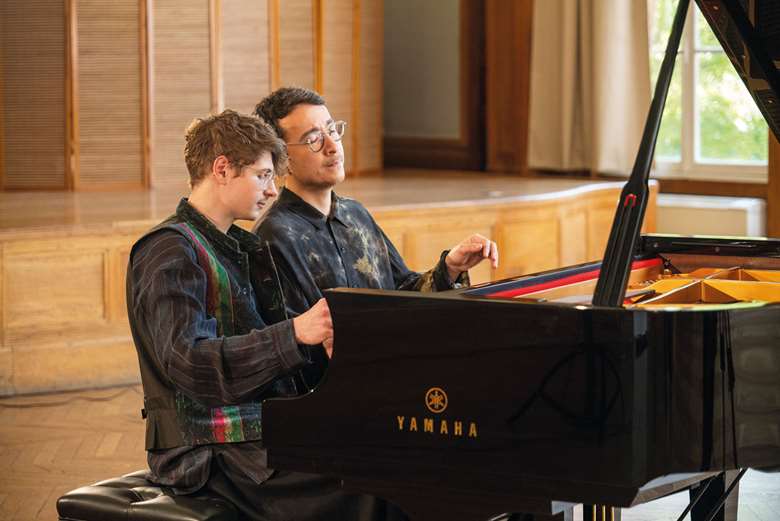Inside the score of Schubert’s F minor Fantasie, D940, with Pavel Kolesnikov and Samson Tsoy
Tim Parry
Wednesday, June 5, 2024
Tim Parry meets Pavel Kolesnikov and Samson Tsoy to discuss their new recording of perhaps the greatest of all piano duets

Register now to continue reading
Thanks for exploring the Gramophone website. Sign up for a free account today to enjoy the following benefits:
- Free access to 3 subscriber-only articles per month
- Unlimited access to our news, podcasts and awards pages
- Free weekly email newsletter











